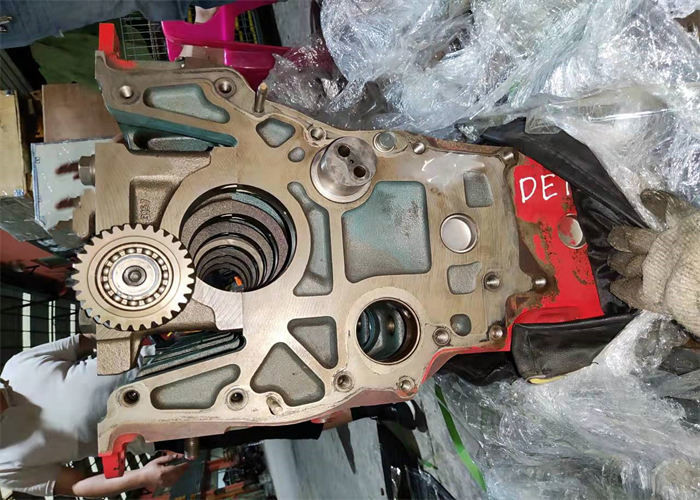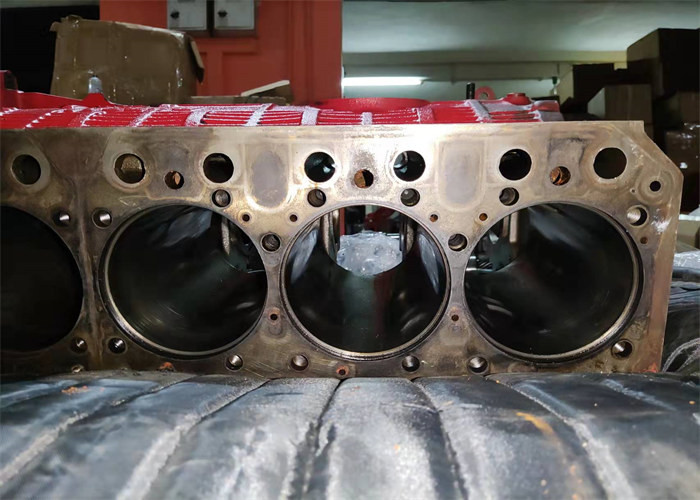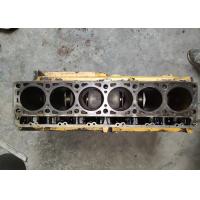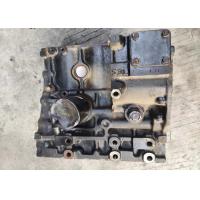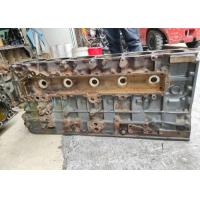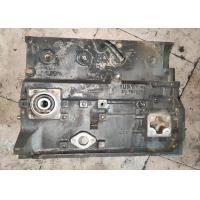DE12 Diesel Used Engine Blocks For Excavator DX500 Water Cooling
Specification
| Car name: Engine cylinder block |
| Model Number: DE12 |
| Cylinder stroke: 123 |
| Cylinder diameter: 155 |
| Application: Excavator |
| valve: 12 valve |
| Cooling: Water cooling |
| Injection: Direct |
| Work form: Turbo |
Description
Pre-cast features and add-on parts
Depending on the applied casting process, additional components
and/or functions such as water pump housings and flanges can be
incorporated into the main casting. Furthermore, bore holes for
bolting and oil channels can be directly cast.
While pre-casting of bolt bores is a standard technique today, the
casting of very tiny features such as oil channels is now possible
with advanced casting processes, e.g. the core package casting or
the lost foam process.
Using high-precision sand cores, a variety of parts and flanges can
be incorporated into a single casting. Issues like dimensional
stability and accuracy of positioning have to be addressed. But
higher costs for using an advanced casting process are easily
compensated by savings in the area of machining and assembly.
Cast-in inserts
Engine blocks which are subject to very high loads, e.g. in case of
direct injection diesel engines, can be reinforced in critical
areas by cast-in inserts of higher strength materials. But cast-in
inserts are often used also to provide specific functions.
Cast iron inserts for bearings
Aluminium casting alloys are generally not suitable for bearing
applications for two reasons:Their wear resistance is not
sufficient to withstand the sliding wear of the crankshaft.
The higher thermal expansion (compared to grey iron and steel) may
lead to a not acceptable increase of the gap between the crankshaft
and the bearing (which is strongly influencing the required oil
pressure and increases the noise level).
For these reasons, cast iron inserts are often pressed into the
component after machining, but they can also be directly cast-in
resulting in reduced costs for machining and handling.
Cast-in cylinder liners
Specific types of cylinder liners (e.g. grey cast iron cylinder
liners) can also be considered as cast-in inserts. Again, an
insufficient wear resistance, but also not suitable tribological
characteristics are the main driving forces to introduce cylinder
liners into the bores of the aluminium engine block.
